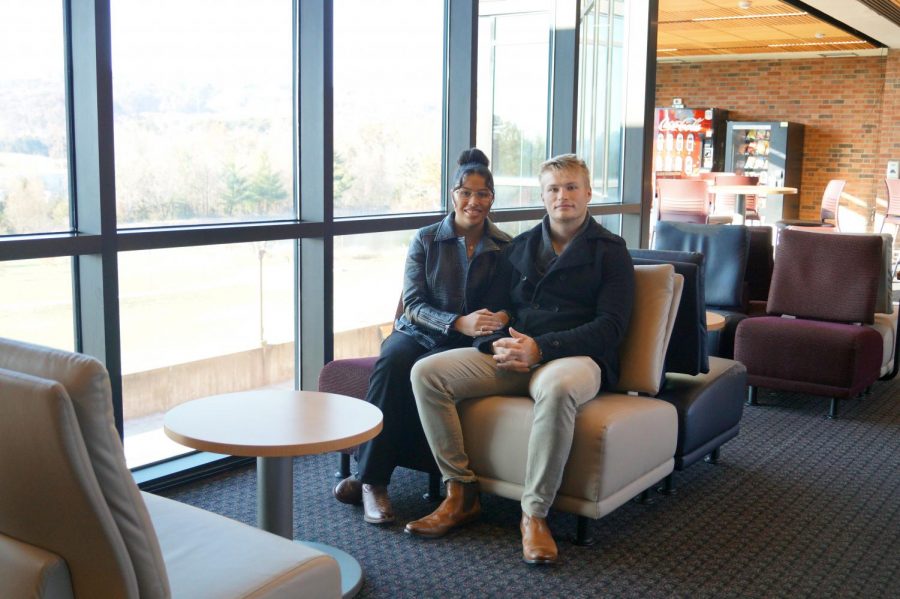
Taylor began his career at IU Southeast in 1991 after finishing his post doctorate at Yale and credits his first college class for the career choice he has pursued.
“When I got into college my first class was a plant ecology class and that converted me from being an animal person to a plant person,” Taylor said.
“Then one of my last classes I was in was a paleontology class and I combined it with fossil plants rather than living plants.”
Taylor said Yale only appoints people who have contributed research to them.
Shusheng Hu, collections manager of paleobotany at Yale, has worked with Taylor on several projects one of which includes Taylor’s uncommon find of a cretaceous aquatic fern from Jordan.
“Dr. Taylor is a very prominent paleobotanist in the world,” Hu said. “His research on early angiosperm evolution and pollination biology has been accepted and cited broadly throughout the botanical and biological communities.”
Taylor said Peabody is one of the bigger natural science museums in the world and his research, which started there, took him along the East Coast where some of his first contributions were discovered.
“When I was post-doc there, at Yale, I did collecting along the East Coast all the way from New Jersey to Virginia. I deposited them at Yale so that was my first interaction with the museum, which was collecting,” Taylor said.
“So after I left there I had very good contacts there.”
Through the contacts that he has made, Taylor said his research and work has a permanent place at the Peabody Museum.
“There are almost no collections of fossil plants from Jordan anywhere in the world,” Taylor said.
“So as I am publishing those, they are being deposited at Peabody.”
Hu said Taylor’s appointment and his expertise will help enrich the research at Yale Peabody Museum, but Peabody will also contribute to his research and teaching.
“Dr. Taylor’s expertise on early angiosperm evolution and pollination biology can supplement the current paleobotanical research at Yale Peabody substantially,” Hu said.
“At the same time, Yale Peabody’s collections can be very useful resources for his research and teaching.”
Taylor said he is honored with the appointment but has also had other successful ventures to share.
“It’s a neat appointment but I have a number of things that are neat through the years,” Taylor said.
“So saying which is the neatest thing is always the hardest.”
Taylor has been published in several world-renowned scientific journals such as PNAS and has work published at least twice a year.
“Well, I have been published in some of the top journals in the area of biology,” Taylor said.
“So for scientists, being published is probably the most prestigious thing to do.”
By ERICA SELLERS
Staff Writer
emseller@ius.edu






